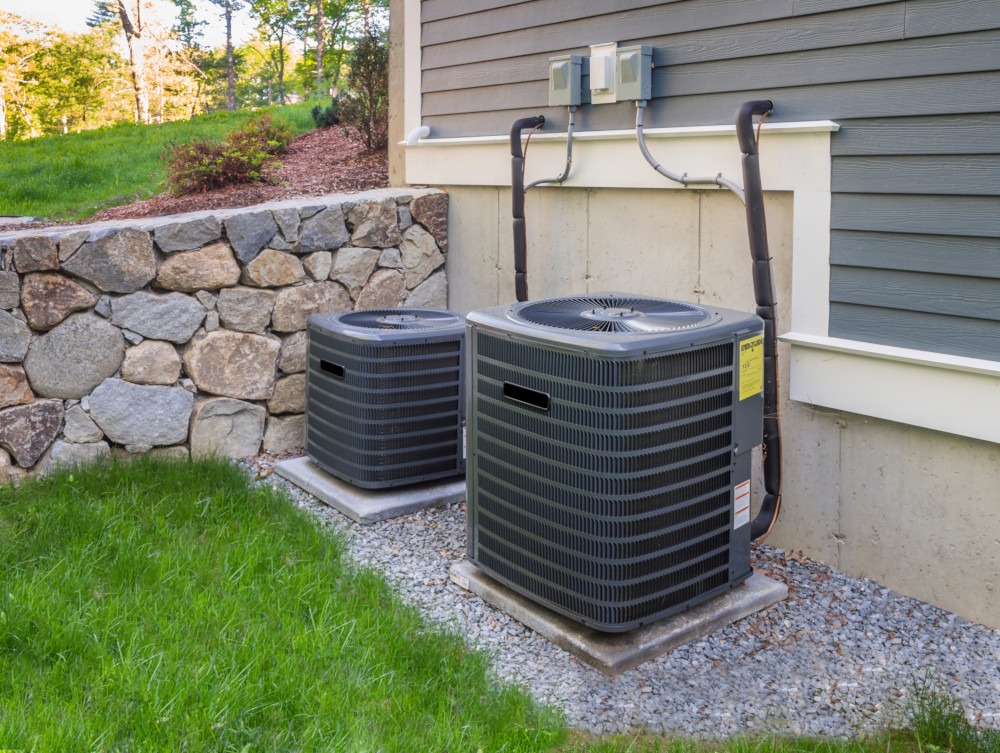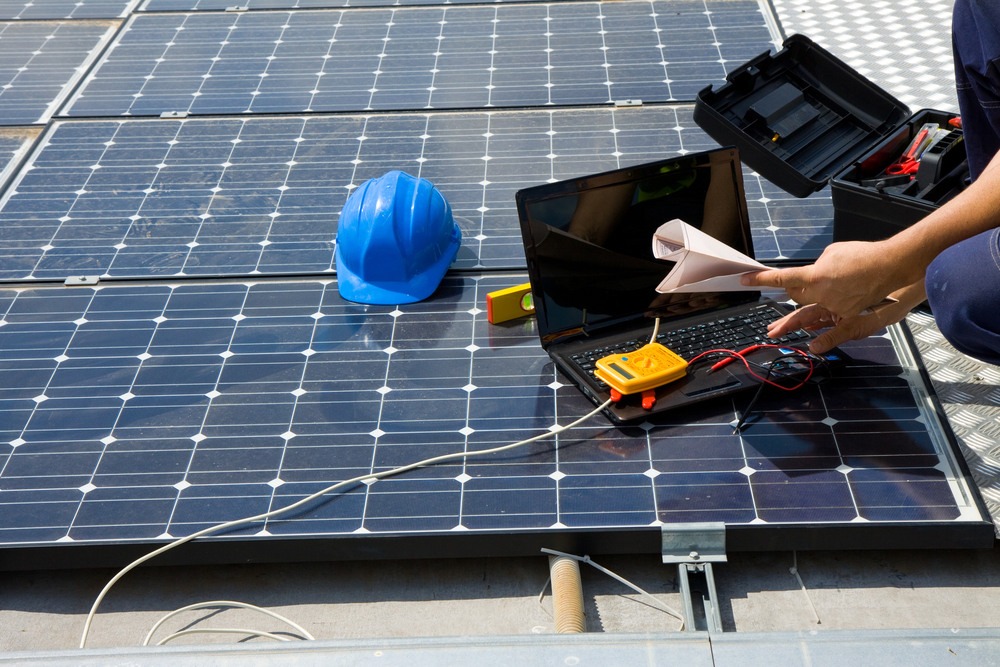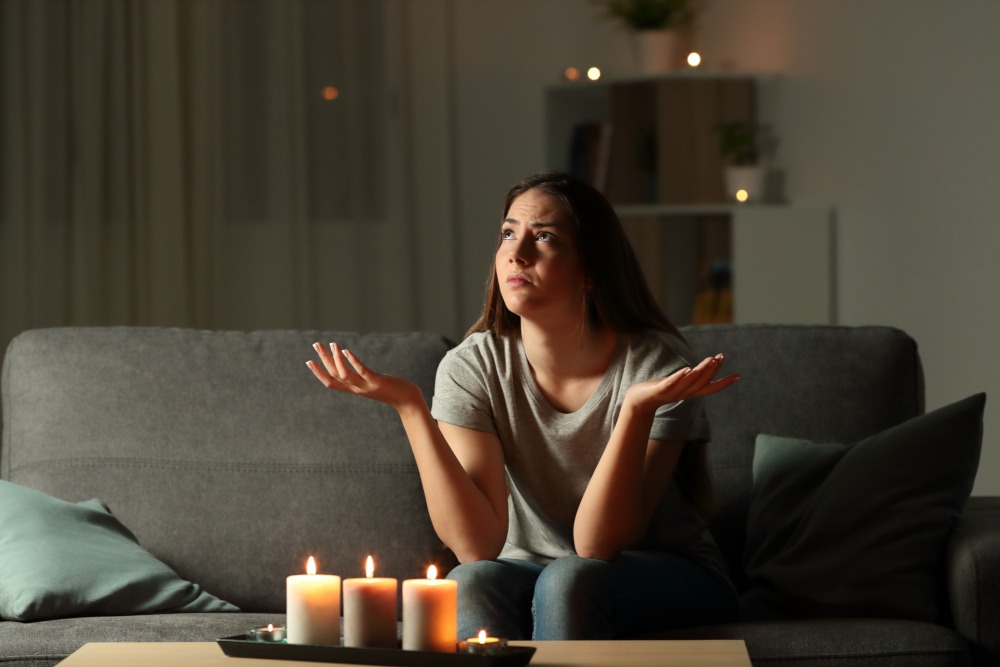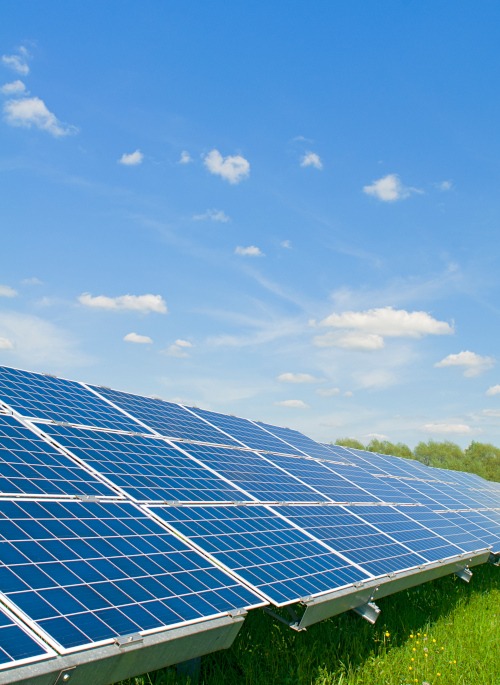How Solar Power Works
Solar energy is a renewable form of energy which is harvested from the sun either as thermal or electric energy. There are many ways of harvesting this solar energy, but the most popular is the use of photovoltaic solar panels which converts the rays to electricity. Besides photovoltaic devices, solar energy is also harvested by thermal devices that use it to heat fluids and indoor spaces. You can install a solar water system in your commercial or residential property. This will convert the sun’s rays into energy and use it to heat your home.
Answers to your Caldwell Solar Power questions
We can answer your Solar Power questions!
The best place for installing solar panels in your home is the roof. Roofs usually have impressive specifications which make installation in this place handy as your panels will receive the best and strong maximum sunlight. But if for any reason, it’s impossible to install solar panels on your roof, then the ground is also handy. The technician has to ensure that it receives maximum sunlight and there is no obstruction to it.
Yes, and home solar energy production is easier than you would think. Once you have decided to switch from electricity to solar power, the only thing you will need is solar installation. First, you will need to install solar panels on your home. Depending on your residential home size, you might need 28 to 34 units. So if you’re asking, can solar power a house? The answer is, yes!
The earliest uses of solar energy involved passing it through a magnifying glass to start fires for cooking. And in 3rd-century B.C it was used by the Romans and Greeks for lighting sacred torches which they used for religious purposes. Sunrooms have also existed for many centuries and were used for capturing solar energy to generate warmth. They were popular in Rome, and American bathhouses but are still used even today.
Solar panels are unable to serve your business or residential property if there is a power outage. But there are also exceptions, i.e. if you have batteries for storing energy or you are using an off-grid and not a grid-tied solar system. There are many benefits to a grid-tied system, and they include the generation of free and clean energy. Some policies in other states will also reward you for generating extra electricity, and you will be a producer and consumer of the power at the same time.
Therefore, the answer to if solar power will work in a power outage is no. This is because the grid-line solar systems must adhere to the utility terms and conditions. But if your line is not tied to the grid line, then you have an advantage.
How Solar Power System Works
Solar panels can be installed in three common scales: utility, commercial and residential. Most residential units are installed on open land or rooftops and have a power rating of 5 to 20 kW based on the property size. Commercial property solar systems are usually larger than residential types. Also, though the installations for residential property will vary in size, solar brands aim to harness energy into your home or business.
On the other hand, solar utility installations usually cover a large area and number of consumers. They are a system of numerous solar which produces large megawatts (MW) of power to many customers. The third type is community solar that is not installed on a property but at a central location. This offers many benefits to the community.

How Solar Power System Works
Solar panels can be installed in three common scales: utility, commercial and residential. Most residential units are installed on the open land or rooftops and have a power rating of 5 to 20 kW based on the property size. Commercial property solar systems are usually larger than residential types. Also, though the installations for residential property will vary in size, solar brands aim to harness energy into your home or business.
On the other hand, solar utility installations usually cover a large area and number of consumers. They are a system of numerous solar which produces large megawatts (MWMW) of power to many customers. The third type is community solar that is not installed on a property but at a central location. This offers many benefits to the community.
How Solar Power Generates Electricity
Solar power is made of a metal frame, silicon cells, wiring, and glass casing unit. Silicon is among the top 20 elements in the periodic table with conductive properties, yet it’s not a metal. This property enables it to harvest and transform the sun’s rays into electricity. Light from the sun rays sets the silicon electrons in motion, which sparks the flow of electric current in a process called the photovoltaic effect.
Once the sun rays hit the roof, the solar pens will convert the radiation to Direct Current (DC) electricity. The system also includes an inverter which helps you to get the maximum power from the sun’s radiation. An inverter is a device that converts DC electricity to AC electricity. It’s usually installed outdoors in your home, and it feeds the power to the main electrical panel which then divides the energy to the different lighting and other appliances in your home. The system should also include a battery that will enable you to store the extra energy that comes from excessive electricity.

How Solar Power Generates Electricity
Solar power is made of a metal frame, silicon cells, wiring and glass casing unit. Silicon is among the top 20 elements in the periodic table with conductive properties, yet it’s not a metal. This property enables it to harvest and transform the sun rays into electricity. Light from the sun rays sets the silicon electrons in motion, which sparks the flow of electric current in a process called the photovoltaic effect.
Once the sun rays hit the roof, the solar pens will convert the radiation to Direct Current (DC) electricity. The system also includes an inverter which helps you to get the maximum power from the sun’s radiation. An inverter is a device that converts DC electricity to AC electricity. It’s usually installed outdoors in your home, and it feeds the power to the main electrical panel which then divides the energy to the different lighting and other appliances in your home. The system should also include a battery that will enable you to store the extra energy that comes from excessive electricity.
Will Solar Power Run an Air Conditioner?
Solar power is any electricity that will help you save electricity bills. Therefore, when it’s summer and you want to set your thermostat, then solar energy will help. It’s possible to install solar panels for your air conditioning tasks only.
Many companies have advertised air conditioners that use solar energy. However, most of them are evaporative cooler. These devices are ideal for desert locations as they utilize evaporating water to make the air cooler. They use little power, and you may only need one solar panel to run them. These systems will enable you to save money on your home.
But also note that it’s practically inefficient to use solar panels in your home to only run the air conditioning system. Doing so would mean setting a different electrical circuit to the devices, and you will also need batteries that ensure the system is running even when it’s cloudy. Also, the energy is going to be wasted in winter when you don’t need an air conditioner.
Therefore, the best way of having a solar system in your home is to install a system for the entire home. Since there is more sun energy during summer, you will have to store extra energy for running your air conditioning system. If you are on an electric company solar energy, then most of them offer annual metering. Therefore, you can sell the extra power to the electric company or get credits to use them during summer when you need the air conditioner.
Generally, the solar system will help power your air conditioner, which is important if it’s the one making your power bills rise fast. You can install a smaller system to offset the air conditioning bills or a big one to cover even the basic electrical bills. It all depends on your preferences.

Will Solar Power Run an Air Conditioner?
Solar power is any electricity that will help you save electricity bills. Therefore, when it’s summer and you want to set your thermostat, then solar energy will help. It’s possible to install solar panels for your air conditioning tasks only.
Many companies have advertised air conditioners that use solar energy. However, most of them are evaporative cooler. These devices are ideal for desert locations as they utilize evaporating water to make the air cooler. They use little power, and you may only need one solar panel to run them. These systems will enable you to save money on your home.
But also note that it’s practically inefficient to use solar panels in your home to only run the air conditioning system. Doing so would mean setting a different electrical circuit to the devices, and you will also need batteries that ensure the system is running even when it’s cloudy. Also, the energy is going to be wasted in winter when you don’t need an air conditioner.
Therefore, the best way of having a solar system in your home is to install a system for the entire home. Since there is more sun energy during summer, you will have to store extra energy for running your air conditioning system. If you are on an electric company solar energy, then most of them offer annual metering. Therefore, you can sell the extra power to the electric company or get credits to use them during summer when you need the air conditioner.
Generally, the solar system will help power your air conditioner, which is important if it’s the one making your power bills rise fast. You can install a smaller system to offset the air conditioning bills or a big one to cover even the basic electrical bills. It all depends on your preferences.
What Solar System do I Need?
We offer analysis for residential and commercial properties looking to install solar systems in the US. Different homes require a varying number of solar panels, and this is based on other factors such as:
- Energy requirements – The energy needed in a home determines the number of solar panel units be used. The regular system can generate up to 5kW, but you may need more energy or less. The experts will use this information to gauge the number and power ratings of the solar panels to install in your home.
- Climate – The climate around your home will determine the amount of solar radiation reaching the ground. For areas that have cloudy weather, the sun’s radiation will reach the ground but at a less strong rate. Therefore, you will need more units to counter for the lost sun energy.
- Direct Sun Hits – Every kW of power requires about 100-square feet of solar panels. And even if the area is cloudy, there is no need to worry since only obstacles can obstruct the sun from reaching the ground. Also, since most of the personnel who offer solar installations are experienced, they usually choose a location that is free from obstacles and which ensures the maximum sun rays strike your solar system.

What Solar System do I Need?
We offer analysis for residential and commercial properties looking to install solar systems in the US. Different homes require a varying number of solar panels, and this is based on other factors such as:
- Energy requirements – The energy needed in a home determines the number of solar panel units be used. The regular system can generate up to 5kW, but you may need more energy or less. The experts will use this information to gauge the number and power ratings of the solar panels to install in your home.
- Climate – The climate around your home will determine the amount of solar radiation reaching the ground. For areas that have cloudy weather, the sun’s radiation will reach the ground but at a less strong rate. Therefore, you will need more units to counter for the lost sun energy.
- Direct Sun Hits – Every kW of power requires about 100-square feet of solar panels. And even if the area is cloudy, there is no need to worry since only obstacles can obstruct the sun from reaching the ground. Also, since most of the personnel who offer solar installations are experienced, they usually choose a location that is free from obstacles and which ensures the maximum sun rays strike your solar system.
Using Solar Systems in the Event of Power Outages
Since the only things you will need to produce electricity are panels and sunlight, why not use them to power your home or business if you experience electricity oranges. And luckily, you have two ways of ensuring you have electricity in your home even if the lines go down. They are:
- Off-Grid Systems – Off-grid solar system is one in which a household or business produces solar energy for its internal use. It would help if you had enough batteries for storing the excess energy for use in cloudy weather and at nighttime. Though it will lower your power costs, it’s not a good investment for your residential or commercial property. This is because the government won’t allow you to tap into the electrical or grid-line solar system if you don’t have enough power or when the system goes down.
Regardless, it gives you more energy and autonomy, which means you can choose how and when to use it. This type of system is ideal for rural areas such as cabins in the woods where there is no grid-tied electricity. - Battery-Backed Solar Systems – If you want to save more money on solar energy costs, then you should go for a grid-tied system. With enough batteries, you will easily get backup power, and since it requires a few batteries, it’s the cheaper option.
When you install some batteries in your home or business, you will store the excess or unused power produced by the solar system. Now, you can use that power from the batteries if the electricity goes down. But also note that solar backup batteries can be quite expensive and will increase the overall costs of installation. A 9.8kW battery can cost about $12,00 before the installation costs. This is why most professional solar system companies usually advise their customers to only select the essentials during their setups to keep the costs lower.

Using Solar Systems in the Event of Power Outages
Since the only things you will need to produce electricity are panels and sunlight, why not use them to power your home or business if you experience electricity oranges. And luckily, you have two ways of ensuring you have electricity in your home even if the lines go down. They are:
- Off-Grid Systems – Off-grid solar system is one in which a household or business produces solar energy for its internal use. It would help if you had enough batteries for storing the excess energy for use in cloudy weather and at nighttime. Though it will lower your power costs, it’s not a good investment for your residential or commercial property. This is because the government won’t allow you to tap into the electrical or grid-line solar system if you don’t have enough power or when the system goes down.
Regardless, it gives you more energy and autonomy, which means you can choose how and when to use it. This type of system is ideal for rural areas such as cabins in the woods where there is no grid-tied electricity. - Battery-Backed Solar Systems – If you want to save more money on solar energy costs, then you should go for a grid-tied system. With enough batteries, you will easily get backup power, and since it requires a few batteries, it’s the cheaper option.
When you install some batteries in your home or business, you will store the excess or unused power produced by the solar system. Now, you can use that power from the batteries if the electricity goes down. But also note that solar backup batteries can be quite expensive and will increase the overall costs of installation. A 9.8kW battery can cost about $12,00 before the installation costs. This is why most professional solar system companies usually advise their customers to only select the essentials during their setups to keep the costs lower.

